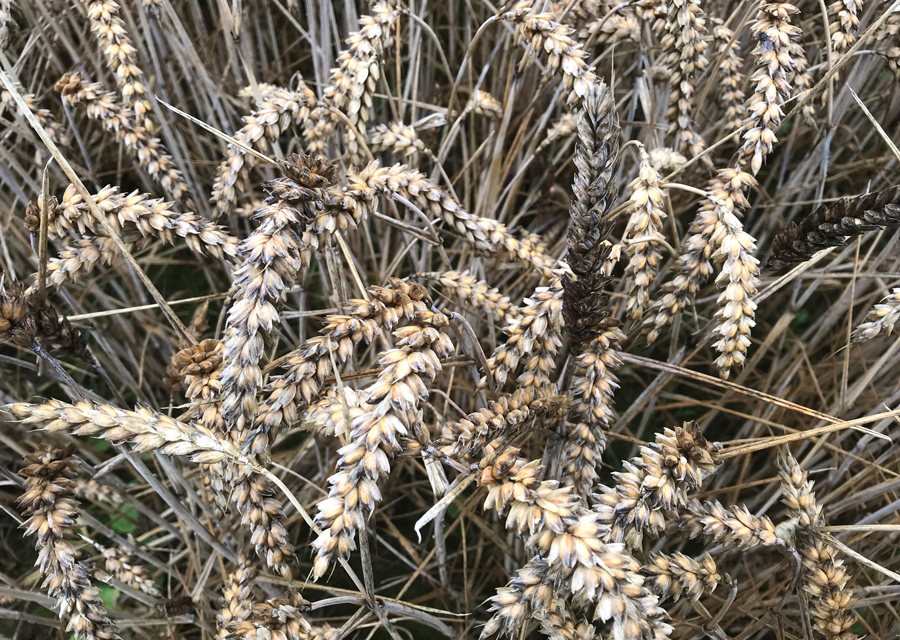Wet harvest threatens crops – but they can be salvaged
27th August 2019
Persistent rain through August has left large acreages of cereals still unharvested across the UK, with many growers worried they will have to sacrifice crops.
Persistent rain through August has left large acreages of cereals still unharvested across the UK, with many growers worried they will have to sacrifice crops.
Some are reporting that grain is germinating in the ear, which leads to changes in feed value, while also complicating harvest and storage.
Feed preservation specialists, Kelvin Cave Ltd, have therefore urged growers to consider using preservation techniques which would allow them to harvest their grain immediately, at moisture levels of up to 30 per cent.
Andy Strzelecki, the company’s technical director says that if the crop will go through a combine, there’s a preservation method which can be employed. This will allow crops to be salvaged at a reasonable feed value and prevent any further losses through disease and germination.
“Growers often don’t think of alternative methods of harvesting and preserving their grain, but this year, they could be waiting in vain for their crops to dry out,” says Mr Strzelecki. “We are certainly aware that many winter wheat crops in particular are turning black with fungal disease, and some are reported to be chitting in the head.
“If it gets to the stage of chitting, the only feasible option is to crimp the grain and ensile it in a clamp or plastic tube, with a suitable preservative applied,” he says.
He recommends using CrimpSafe Hi-Dry on cereal crops at moisture contents of up to 30 per cent.
He says: “Crimping and ensiling the cereals involves a rapid but controlled lactic fermentation which quickly kills yeasts and moulds. However, it will also stop the enzymic activity associated with sprouting, which in particular breaks down starch.
“Grains which are already chitting can be compacted and stored in anaerobic conditions,” he continues. “However, they must have an effective preservative applied to prevent spoilage on opening and exposure to air.”
Advising growers to carefully select an appropriate preservative for the conditions and level of moisture, he says some products are only suitable for lower moisture crops.
“Before a product is chosen it is important that an assessment is made of the condition of the crop,” he says.
For example, if the crop has not chitted, and the moisture content is below 25 per cent, it could potentially be preserved with Propcorn NC, the non-corrosive form of propionic acid.
“Propcorn NC has the advantage of turning grain into an easily saleable feed,” he says. “It doesn’t require ensiling but can be stored in a dry grain store, bin or covered bunker as either whole or rolled grain.”
Remarking that many growers have taken this advice during previous difficult harvests, he cites some who had all but written off their crops before opting to change their approach to harvest.
“I have rarely seen a crop which is completely unsalvageable but I would urge growers to act with speed, as warm weather after the rain will encourage chitting and every day that passes sees a reduction in the value of the crop,” he says.
“However, by preserving moist grains either in a clamp or with Propcorn NC, they will salvage the highest feed value possible and make the best of a bad situation.”

